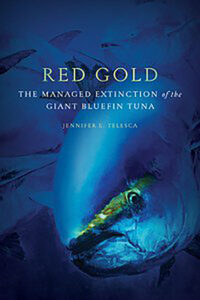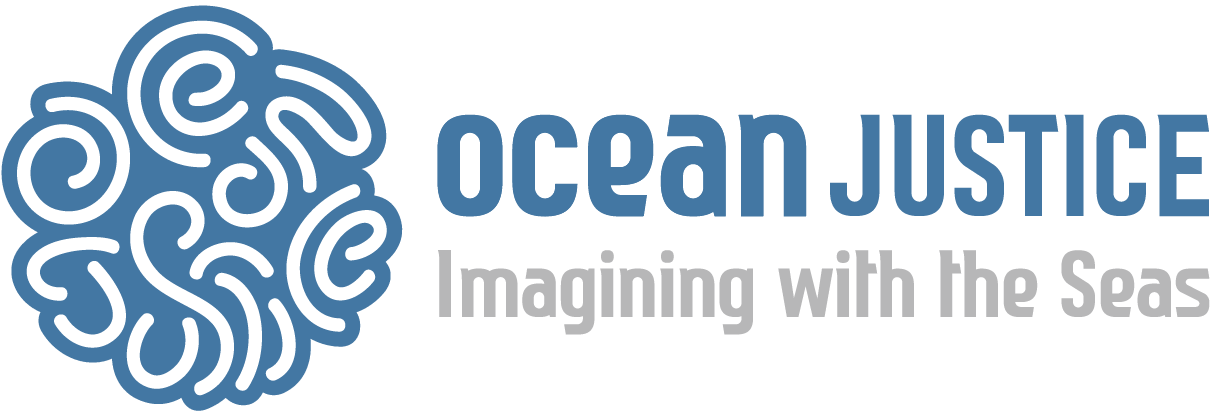
Oceanic and Juridical Imaginaries

Some years ago I did a Masters of International Law and one of the units in that course was the International Law of the Seas. It was a jam-packed maritime law bootcamp – the major conventions applicable to 71% of the earth’s surface were taught in less than a week. I was introduced to the United Nations Convention for the Law of the Sea's dystopic seabed mining regime and the emerging seabed mining frontier during a perfunctory overview of maritime jurisdictional zones.
Seabed mining regulations and seabed mining readiness seemed to be hatching together - the law enabling the industry, as if mining the ocean floor were an inevitability, an already agreed to plan. At the time, I had been involved in climate change activism and was already fired up about the blithe destruction of forests and sacred sites by mining companies. If miners on dry land could legally get away with these violences, I dreaded what might be possible on remote, deep seabeds. But I was also alarmed at the breadth of lawful exploitation of ‘natural resources’ under the Exclusive Economic Zone and Continental Shelf regimes, in the context of biodiversity loss; and the regional fisheries authorities ‘exterminatory regime’, to borrow Jennifer Telesca’s description in her latest book Red Gold: The Managed Extinction of the Giant Bluefin Tuna.
I found no comfort in the idea that the law just had to be better, that a technical fix would be sufficient. There was a sense of something bigger, more complicit and fundamental at play.
So, I decided to shape the niggling into a PhD. Plenty of scholars were already thinking about how laws of the sea might be improved. Fewer were challenging how laws of the seas function together as a legitimating space for extractivism; or the complicity of imaginaries in marine biodiversity losses. Even fewer were thinking through the framework of more-than-human justice. It took me a long, fuzzy while and some exceptional support from my supervisory team to find the niche of my PhD in identifying the contours and conditions of possibility for ocean justice. I’m curious about what sits beneath ocean law, and how extractive imaginaries functionally orient both the law and our wider resource industries and their mutual production of ecological vulnerabilities. But I am also interested in what the ocean itself offers as a medium to think with, to imagine justice through; and how we might work with it to conceive relations with the ocean that are less world-emptying.
In terms of methodologies, I work with quite a few different approaches. A lot of it is text-based – routinely reading across marine scientific material, environmental humanities, queer and creative fiction and other artistic/creative practices to keep imaginatively and epistemically connected with the sea. I guess I mostly straddle feminist/queer posthumanism, critical environmental law, critical materialism, and multibeing justice (does that make me a quadripod?). Astrida Neimanis’ work and exceptional supervision has consistently guided my theoretical approach and methodology. I also participate in a few great reading groups and find their conversations enrich the textures of my thinking and soften the edges of research isolation. Intentional walking and swimming really matters in my practice as well, not just for obvious health reasons but substantively. Swimming and coast walks keep me affectively close to the ocean. Forest walks recalibrate my connections with more-than-human intimacies and, at least correlatively, help me speculate with unknowable ocean worlds and relations. We’ll see if it all works – I haven’t finished my PhD yet and my writing has hit what I can only politely describe as another pasty, beige sinkhole.
Susan Reid

